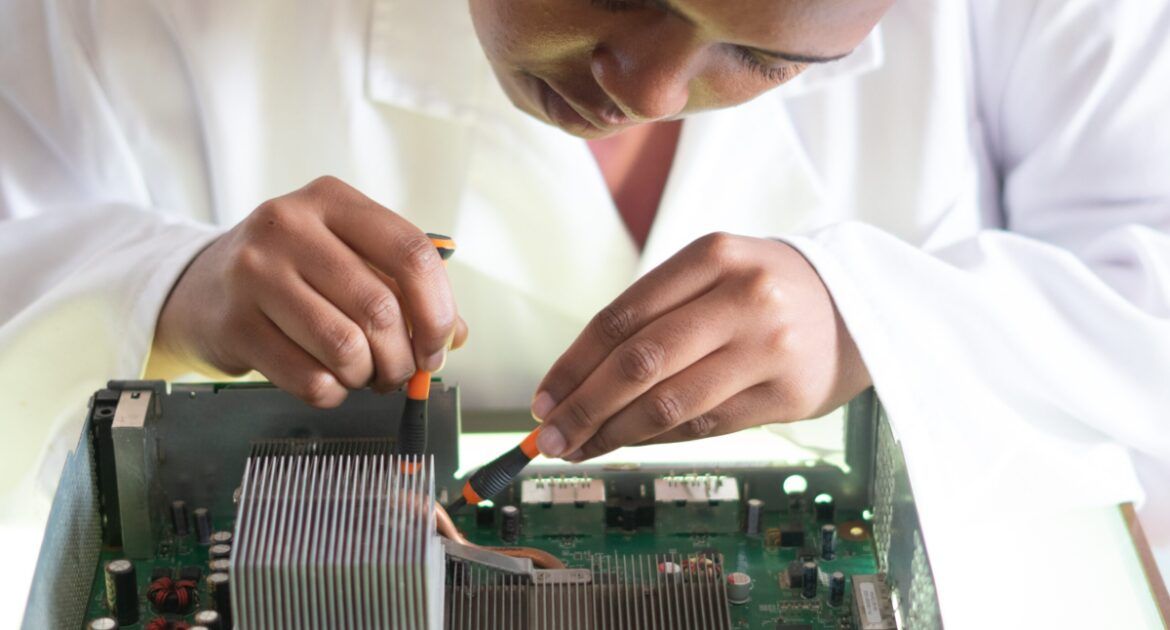Today’s post is written in honour of International Women in Engineering Day, June 23rd 2023. This year’s topic is #makesafetyseen. I’ve written about safety in the lab and field in a separate post, and in this post, I want to broaden the conversation to social safety.
Social safety is a rather new concept, and there is not a single definition. One broad definition mentions that social safety means that your work or study is a place where you feel at home, at ease, and where you can be yourself.
Social Safety and Inclusion in Universities
In the Netherlands, social safety at universities is a hot topic. In fact, as I was searching for background stories for this post, all the first links I encountered were related to task forces on social safety at Dutch universities.
The starting point for all these initiatives was a report by the KNAW (the Royal Netherlands Academy of Arts and Sciences) on the status of social safety at Dutch universities. The report revealed that while a lot of policies are in place, in practice the state of social safety is not ideal. A major culture change is needed. Many barriers to social safety were identified: from the scarcity of resources and high workload in academia, power differences, to the complexity of the organization itself. The report also quantified the cost (without factoring in medical expenses and costs due to absenteeism) of infringements on social safety.
Social safety and inclusion go hand in hand. On a day such as International Women in Engineering Day, we can reflect on why diverse teams perform better. Yet, our diverse teams cannot perform at their best if unconscious biases and the lack of social safety prevent team members from working well together.
At universities, social safety is crucial, as students from diverse backgrounds come together to learn and carry out research. Topics that are relevant for social safety at universities are: undesirable behaviour, suspected misconduct, breach of scientific integrity, conflicts of interest, as well as structural problems and injustices, and the physical and mental effects of socially unsafe situations.
Safe environments for learning
Within our teaching, we can do the following to create a socially safe environment:
- Let students feel that they belong to the campus community. Some of the most important research on social safety in schools has identified that so-called “social belonging interventions” and “mere belonging interventions” are key to create social safety in learning environments.
- Inform students about the available safety interventions. If something goes wrong, it is important for students to know where to get support. For this action to be possible, policies on inclusion need to be developed. In addition, knowing that there are policies that protect them will make students feel that their identity and values are welcome on campus. In addition, having rules in class that promote respectful discussions is important, and such rules should be included in the syllabus.
- Develop support networks for minorities. Networks of students and faculty of underrepresented groups can come together to advocate for their needs and to make sure their voices are heard by the university leadership.
- Encourage open discussions in the classroom and ensure that diverse perspectives are represented in the discussion.
- Overhaul your reference list. Go through the assigned reading of your course, and diversify the authors your students get in touch with. You can also invite guest lecturers from underrepresented groups to give a presentation in your class.
- Develop mentorship programs for students from underrepresented groups. Navigating university and “what is expected” on campus can be particularly difficult for students who come from different backgrounds. Mentorship can make them feel welcome and help them understand the unwritten rules.
Safe environments for research
In our research teams, we can do the following to promote a safe and inclusive environment:
- Provide training to learn to identify unconscious biases. In the next step, researchers then learn to reduce their biases, which decreases prejudice and discrimination.
- Prevent bullying by encouraging an environment of collaboration and teamwork. The leadership of the research team needs to make it clear that all contributions and viewpoints are valued.
- Promote social connection. Developing strong social bonds within research teams is a great way to develop a safe and inclusive environment. Team-building days can be excellent to create such bonds, but organizers should be mindful of activities that may not be suitable for all. I can think of numerous events in which no kosher or halal food options were available, for example.
- Develop empathy skills in team members and leadership. Training on empathic leadership and communication can be valuable here, as all will learn how to exercise more empathy for the others in the team.
- Create an environment in which researchers can let their supervisors know about their struggles. Ph.D. candidates and postdocs may be struggling (with learning how to carry out research independently, with stress, illness, fear of failure, or perfectionism) and they will only open up to their supervisors about their struggles in a safe environment.
- Monitor diversity at various levels in your research team and university. How diverse are the Ph.D. candidates, and how diverse are the full professors? What causes the differences, and what can be done?
- Do not overburden faculty from underrepresented groups. Often, the one faculty member who represents a minority gets the unpaid additional workload to mentor, present, and be overall visible as a token representative of their minority.
- Recognize potential biases in supervisory relationships. Supervision relationships are delicate, as they inherently are based on a power imbalance. In addition, when a Ph.D. candidate or postdoc is from a minority, a bias may creep into the supervision.
- Develop clear guidelines for ethical conduct and scientific integrity. As research is often carried out under the pressure of time and the pressure to publish, academic misconduct can result. Research teams should have clear guidelines to avoid unethical behaviour.
Conclusion
Safety goes beyond physical safety in the lab and the field. Social safety is an important topic, and we have learned from extensive research on the situation at Dutch universities that we still have a long way to go. In this post, I share strategies we can use in our classrooms and in our research teams to promote social safety. After all, being able to study and do research in an environment in which we all feel respected results in more creativity and innovation.





Leave a Reply